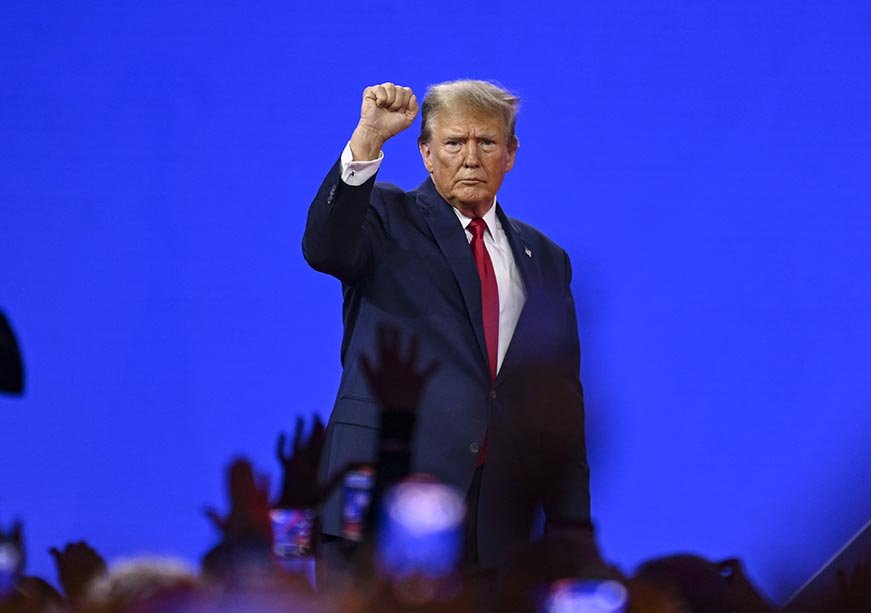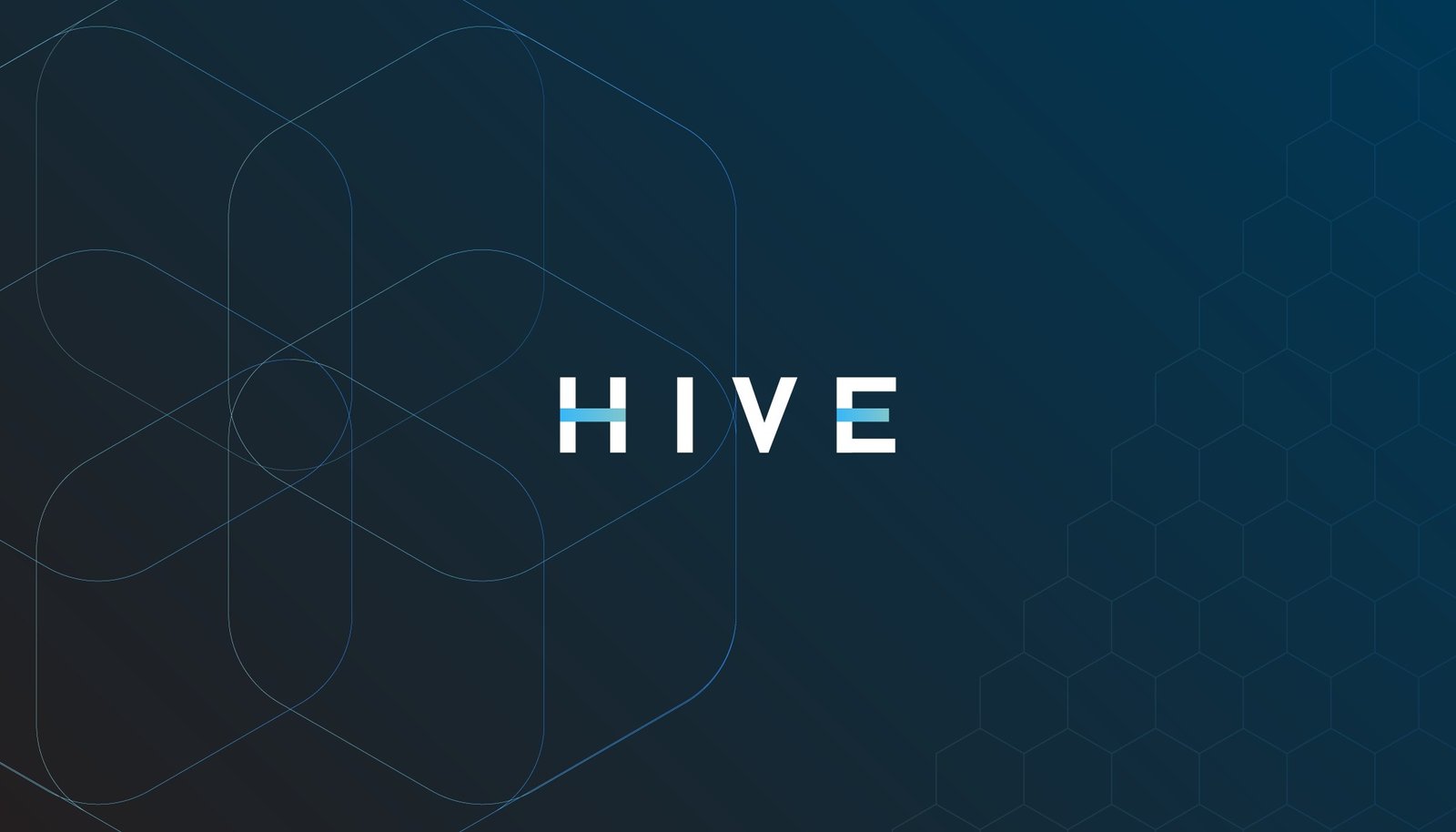The struggle for regulatory supremacy in the United States between Ripple and Chainlink is intensifying. Both blockchain giants are battling for influence in Washington, seeking to shape the future of cryptocurrency regulations. While Ripple has adopted a direct lobbying approach, Chainlink is working its way into traditional financial infrastructure. Here’s an analysis of their contrasting approaches in the race for U.S. blockchain dominance.
Ripple’s Aggressive Lobbying Strategy
Ripple, satisfactorily regarded for its cryptocurrency XRP and the XRP Ledger, has pursued a right-away lobbying technique to steer US policymakers. With a huge annual funding in lobbying activities, Ripple has emerged as an outstanding participant in Washington’s political landscape. From 2021 to 2023, Ripple devoted approximately $1 million yearly to lobbying efforts, including hiring former authorities officers to leverage their political connections.

The company’s most terrific move became investing $710,000 in 2023, whilst the general crypto enterprise spent $20 million on lobbying. Ripple has additionally aligned itself with crypto-friendly legislation, including the Lummis-Gillibrand Responsible Financial Innovation Act, which seeks to reclassify many cryptocurrencies as commodities as opposed to securities. Ripple’s lobbying method reflects its instant need to resolve its ongoing legal conflict with the SEC, following a court ruling in 2023 that exempted XRP sales on public exchanges from being categorized as securities.
Ripple’s method is likewise proactive in the political arena, as it backed candidates supportive of crypto and pushed for a more clear and beneficial regulatory framework. The company’s choice to move beyond SEC jurisdiction and gain clarity on its global payment solutions and stablecoin development is driving its huge lobbying efforts.
Chainlink’s Integration Approach
In contrast, Chainlink, a decentralized oracle network, has taken a more discreet path to persuade U.S. regulators. Rather than focusing closely on lobbying, Chainlink is aiming to integrate its technology into traditional monetary infrastructures, becoming an important part of both the crypto and traditional monetary systems. Chainlink has formed strategic partnerships with giants like Swift, Fidelity International, and Euroclear, positioning itself as a foundational element for bridging blockchain with traditional finance.

The company’s approach focuses on providing technical solutions that address key regulatory challenges such as transparency, data accuracy, and compliance. Chainlink’s Cross-Chain Interoperability Protocol (CCIP) and Proof of Reserve (PoR) oracles are prime examples of how the company is working to resolve regulatory concerns in blockchain applications. Through these innovations, Chainlink aims to be a trusted infrastructure provider, ensuring that blockchain solutions adhere to regulatory standards.
Chainlink is also actively involved in global initiatives like Brazil’s Central Bank Digital Currency (CBDC) project, further demonstrating its role in shaping the future of government-regulated blockchain systems. While Ripple fights direct regulatory battles, Chainlink has strategically focused on integrating into financial structures, allowing its technology to naturally become indispensable for future regulatory frameworks.
Ripple vs. Chainlink: Differing Paths to Influence
The contrast in approaches taken by Ripple and Chainlink reflects their differing business models and regulatory challenges. Ripple’s lobbying efforts are driven by its urgent need to address ongoing legal issues, particularly its dispute with the SEC. Ripple’s strategy is straightforward: secure regulatory clarity to ensure the continuation of its business and its role in international payments and stablecoin development.
On the other hand, Chainlink is not directly involved in a high-stakes legal battle. Its decentralized oracle network is integral to the infrastructure of the crypto ecosystem, helping to resolve issues surrounding data reliability and transparency. Chainlink’s focus is less about lobbying and more on embedding itself into traditional finance, positioning itself as a key player in the long-term regulatory landscape.
Both companies are aiming for the same end goal: a clear and supportive regulatory framework for crypto in the US. However, their paths to achieving this goal differ. Ripple’s strategy is more about navigating the legal and political channels, while Chainlink seeks to make itself indispensable to both crypto and traditional financial markets through its technical solutions.
The Trump Administration Factor
The outcome of the 2024 US presidential elections has added a new dynamic to this competition. The Trump administration, which is reportedly pro-crypto, could provide both Ripple and Chainlink with new opportunities to advance their agendas. The expected reduction in SEC oversight and the administration’s likely embrace of blockchain technology could provide Ripple with the regulatory breathing room it needs to resolve its legal issues and accelerate its plans for international payments.

For Chainlink, the pro-crypto stance of the new administration could lead to increased adoption of its oracle solutions, especially in government-backed financial systems. As Chainlink works to integrate itself into traditional finance, the Trump administration’s openness to blockchain-based financial systems may create a favourable environment for Chainlink’s growth.
























































